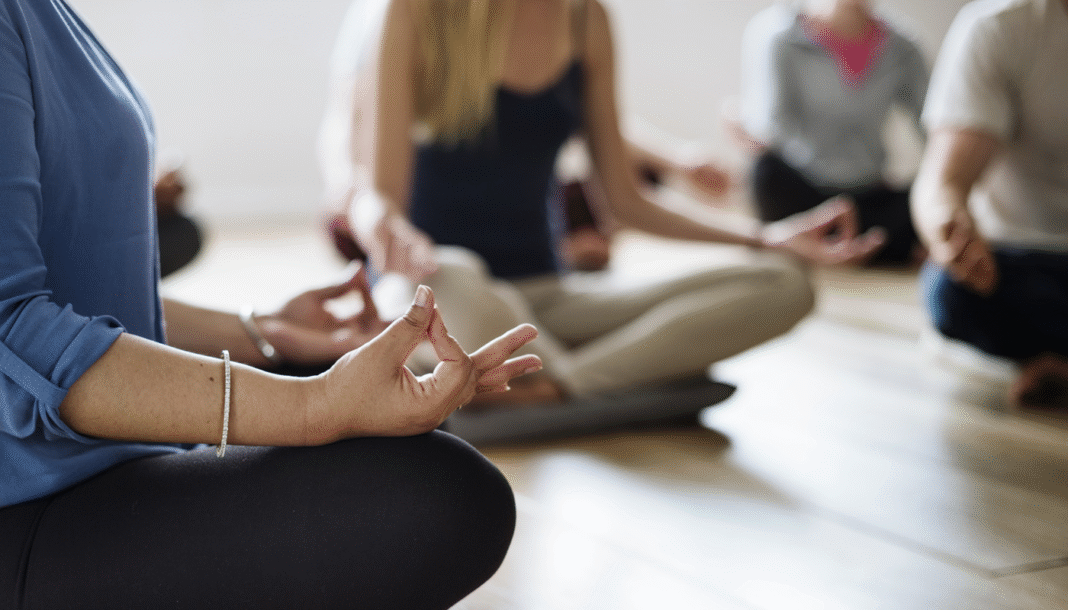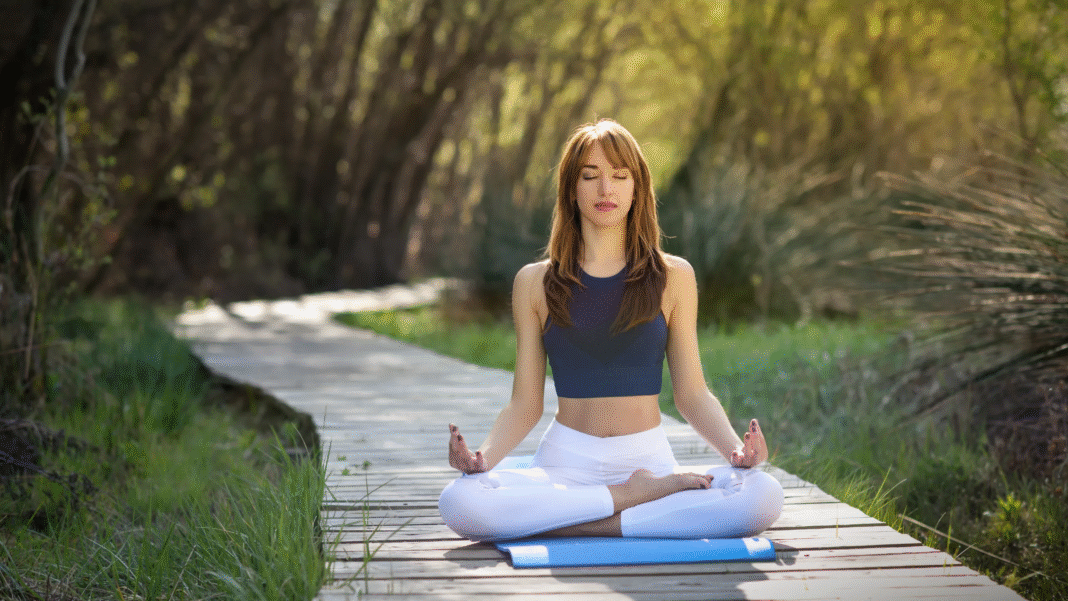If you’ve ever wondered how to slow down and feel more at ease, this article will guide you through some of the best mindfulness exercises for relaxation that you can start practicing today. Whether you are a beginner or someone familiar with meditation, these exercises are easy, practical, and suitable for everyday life.
What Is Mindfulness?
Mindfulness is the practice of paying attention to the present moment with openness, curiosity, and without judgment. Instead of worrying about the past or stressing about the future, mindfulness teaches us to notice our thoughts, emotions, and surroundings right now.
It doesn’t require any special equipment or location—you can practice mindfulness while sitting, walking, eating, or even washing dishes. The goal is not to stop your thoughts completely but to become aware of them without letting them control you.
Why Mindfulness Is Important for Relaxation
Relaxation is not just about lying down or sleeping; it’s about calming your nervous system and creating mental peace. Practicing mindfulness regularly can:
- Lower stress and anxiety
- Improve sleep quality
- Reduce muscle tension
- Boost emotional balance
- Enhance focus and productivity
By including mindfulness exercises in your daily life, you give your mind and body a chance to pause and recharge. Let’s look at the most effective ones.
Best Mindfulness Exercises for Relaxation
1. Mindful Breathing
Breathing is the foundation of mindfulness. By simply focusing on your breath, you can bring calmness to both mind and body.
How to do it:
- Sit comfortably and close your eyes.
- Take a slow, deep breath in through your nose.
- Exhale gently through your mouth.
- Pay attention to how the air feels as it enters and leaves your body.
- If your mind wanders, gently bring it back to the breath.
Practicing mindful breathing for just 5–10 minutes a day can lower stress levels significantly.
2. Body Scan Meditation
This exercise is perfect for releasing physical tension and calming the mind.
How to do it:
- Lie down in a comfortable position.
- Close your eyes and bring your attention to your toes.
- Slowly move your focus up through each part of your body—feet, legs, stomach, chest, arms, shoulders, and head.
- Notice any tightness, discomfort, or relaxation in each area.
- Breathe into those sensations and gently release the tension.
The body scan works well before bedtime to prepare your body for restful sleep.
3. Mindful Walking
If sitting still feels difficult, mindful walking is a great alternative. It combines gentle movement with awareness.
How to do it:
- Find a quiet place where you can walk slowly, indoors or outdoors.
- Pay attention to how your feet touch the ground.
- Notice the rhythm of your steps, the swing of your arms, and the air on your skin.
- If thoughts arise, acknowledge them but gently bring your focus back to walking.
This practice not only relaxes the mind but also makes you feel more connected with nature and your body.
4. Mindful Listening
Relaxation can also come from tuning into sounds around you with full awareness.
How to do it:
- Sit quietly in a comfortable spot.
- Close your eyes and focus on the sounds around you—birds chirping, distant traffic, or even the hum of your fan.
- Avoid labeling or judging the sounds; just listen.
- Stay with this practice for a few minutes.
This helps you detach from inner chatter and develop a sense of calm presence.
5. Five Senses Grounding Exercise
This is one of the simplest yet most powerful mindfulness practices for stress relief.
How to do it:
- Notice 5 things you can see around you.
- Notice 4 things you can touch.
- Notice 3 things you can hear.
- Notice 2 things you can smell.
- Notice 1 thing you can taste.
This exercise instantly brings you back to the present moment, making it excellent for calming sudden anxiety or overthinking.
6. Loving-Kindness Meditation
Relaxation is not only about calming the body—it’s also about softening the heart. Loving-kindness meditation promotes feelings of compassion, peace, and warmth.
How to do it:
- Sit comfortably and close your eyes.
- Take a few deep breaths.
- Silently repeat kind phrases such as:
- “May I be calm, may I be safe, may I be happy.”
- “May others be calm, safe, and happy.”
- Extend these wishes to loved ones, acquaintances, and eventually all beings.
This practice reduces stress while building emotional resilience.
A Daily Mindfulness Routine for Relaxation
If you’re new to mindfulness, you might be wondering how to fit these exercises into your busy schedule. Here’s a simple daily routine you can try:
| Time of Day | Mindfulness Exercise | Duration | Purpose |
|---|---|---|---|
| Morning | Mindful Breathing | 5 minutes | Start the day calm and focused |
| Midday | Five Senses Grounding | 3 minutes | Reset during stressful moments |
| Evening | Mindful Walking | 10 minutes | Release tension from the day |
| Night | Body Scan Meditation | 10 minutes | Prepare for deep, restful sleep |
By practicing consistently, mindfulness becomes a natural part of your lifestyle.
Tips for Getting Started
- Start small: Begin with 2–3 minutes and increase gradually.
- Be kind to yourself: It’s normal for your mind to wander—don’t judge yourself.
- Stay consistent: Regular practice is more effective than long, occasional sessions.
- Use reminders: Set alarms or sticky notes to prompt mindfulness breaks.
- Combine with daily tasks: Try mindful eating, mindful showering, or mindful cleaning.
Final Thoughts
The best mindfulness exercises for relaxation are simple, practical, and accessible to everyone. Whether it’s breathing, walking, or simply listening, each practice gives you the gift of calmness and presence. In a world filled with constant noise and pressure, mindfulness allows you to pause, breathe, and reconnect with yourself.
You don’t need hours of meditation to feel the benefits—just a few mindful minutes every day can reduce stress, improve your mood, and bring peace to your life.
FAQs About Mindfulness for Relaxation
1. How long should I practice mindfulness each day to feel relaxed?
Even 5–10 minutes a day can make a difference. Over time, longer sessions may bring deeper benefits.
2. Can mindfulness help with anxiety and sleep problems?
Yes, regular mindfulness practice is proven to reduce anxiety and improve sleep quality by calming the nervous system.
3. Do I need a quiet space to practice mindfulness?
While a quiet space helps, mindfulness can be practiced anywhere—even on a busy bus or while walking in a park.
4. What if I get distracted during mindfulness exercises?
Distraction is normal. The key is gently bringing your attention back to the exercise without self-criticism.
5. Can children and teenagers practice mindfulness for relaxation?
Absolutely! Mindfulness can benefit all age groups, and simple practices like mindful breathing or listening are great for young people too.




